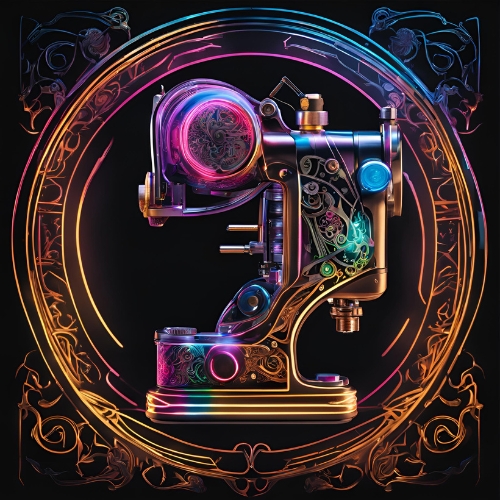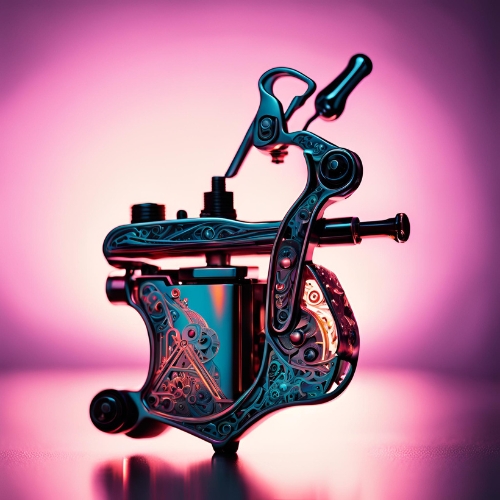
The Ancient Origins of Tattoos
Some of the earliest evidence of ancient tattoos comes from archaeological finds. The discovery of Ötzi the Iceman, a preserved natural mummy, showcases tattoos created around 3300 B.C. These markings suggest that ancient tattoos had purposes beyond aesthetics, possibly indicating medicinal practices or social status.
Tattoos in Historical Civilizations
Tattoos held meaning and importance in various historical civilizations. For instance, the Egyptians used historical tattooing practices as a form of protection and to showcase beauty. In Polynesian societies, tattoos were integral, serving as rites of passage and markers of personal identity. You can see how these practices by different cultures illustrate the diverse roles tattoos played in shaping societal structures.
Shop Tattoo Kit on Amazon

The Role of Tattoos in Ancient Cultures
Tattoos commonly functioned as symbols of identity and differentiation in ancient cultures. They often represented social hierarchy, military achievements, or sacred beliefs. Many tribes used tattoos as a rite of passage, marking a significant transition in an individual’s life. Understanding these historical tattooing practices enhances your appreciation for what tattoos signify in terms of culture and heritage.
Evolution of Tattoo Practices
Tattoo practices have undergone a significant transformation over the years, influenced by technological advancements and shifts in societal perceptions. The tattoo evolution reveals a fascinating journey from ancient customs to the diverse and dynamic forms present in contemporary tattoo culture. As you explore this history, you'll see how traditional techniques have paved the way for modern artistry.
Shop Tattoo Kit on Amazon

From Tribal Marks to Artistry
Traditionally, tattoos served as tribal marks or symbols of status, deeply rooted in cultural significance. The shift from these basic forms to contemporary tattoo artistry highlights a broader acceptance of tattoos in modern society. You will find artists now experimenting with abstract designs, realism, and even biomechanical art, reflecting personal stories and artistic expression. This evolution demonstrates how cultural norms around body art have transformed, with tattoos increasingly celebrated as forms of individual expression rather than merely cultural artifacts.
The Transformation of Tattoo Techniques
The advent of the electric tattoo machine in the late 19th century marked a pivotal moment in the transformation of tattoo techniques. This innovation allowed for quicker and more precise application, leading to a broader acceptance of tattoos among various demographics. Unlike earlier methods, which often relied on rudimentary tools and painful practices, modern techniques focus on both artistry and comfort. This evolution has given rise to numerous styles, ranging from delicate linework to bold, vibrant colors, appealing to a wider audience.
Shop Tattoo Kit on Amazon



